How to use AI for Designers: Ultimate Guide
By Spaceberry Studio 7 min reading Apr 27, 2023
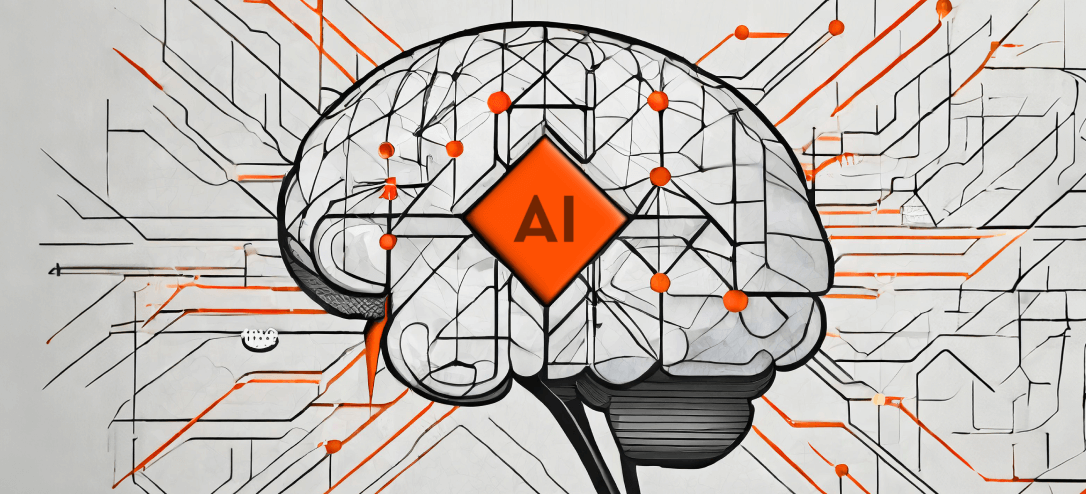
Neural networks have revolutionized the field of artificial intelligence and are increasingly used in various domains, including design. We couldn’t stay aside and prepared an Ultimate Guide for designers.
Keeping up with the latest design trends and best practices is essential to our work, and we are always on the lookout for innovative tools that can help create stunning interfaces. In this article, we want to share some of the insights we’ve gained about neural networks and how they can help take the design work to new heights. Specifically, we’ll be focusing on five new AI-powered tools that were discovered recently: DALL-E, MidJourney, Stable Diffusion, Cranion, and ChatGPT. The first 4 services are AI art generators — they generate images from text prompts or other images. The last one is an AI chatbot for text generation.
The toolkit will be helpful for UI/UX designers, graphic designers, motion designers, product designers, UX researchers, design managers, SMM managers, and anyone who wants to save time using AI tools.
AI Art generators
Let’s figure out how designers can improve their workflow with art-generating AI. It makes the following possible:
- Searching for inspiration and references
- Generating ideas quickly and creating a mood board
- Picking up a color palette and texture
- Generating custom icons, illustrations, photos, and other visual elements
- Editing and enhancing images (adding/removal of elements, changing size, improving the quality, etc.)
DALL-E 2
DALL-E 2 became an Internet phenomenon before other neural networks. It is an advanced neural network developed by OpenAI that can generate high-quality images from text-based descriptions.
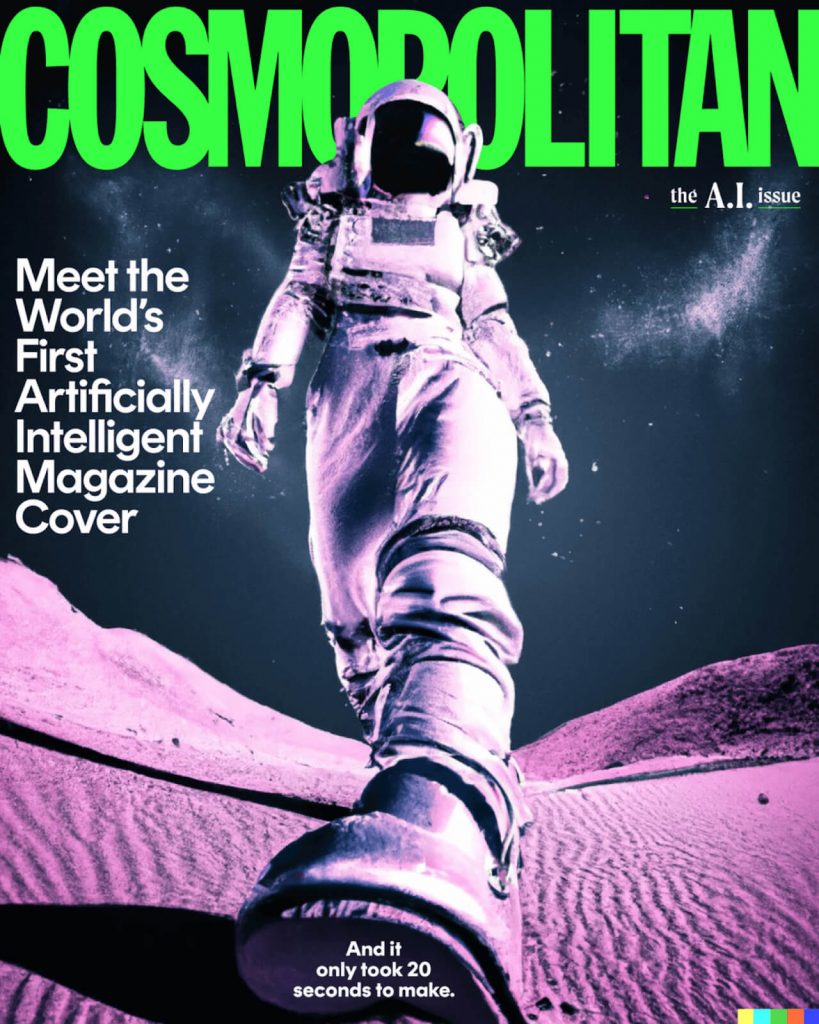
Features:
- Text-to-image generation
- Image-to-Image generation
- Free license for commercial and personal use
- DALL-E 2 is currently free to use, but limited. Users get 50 free credits (one credit equals one request that generates 4 images) the first month and 15 credits every month after. You can purchase additional credits starting at $15 for 115 credits
- High-quality outputs
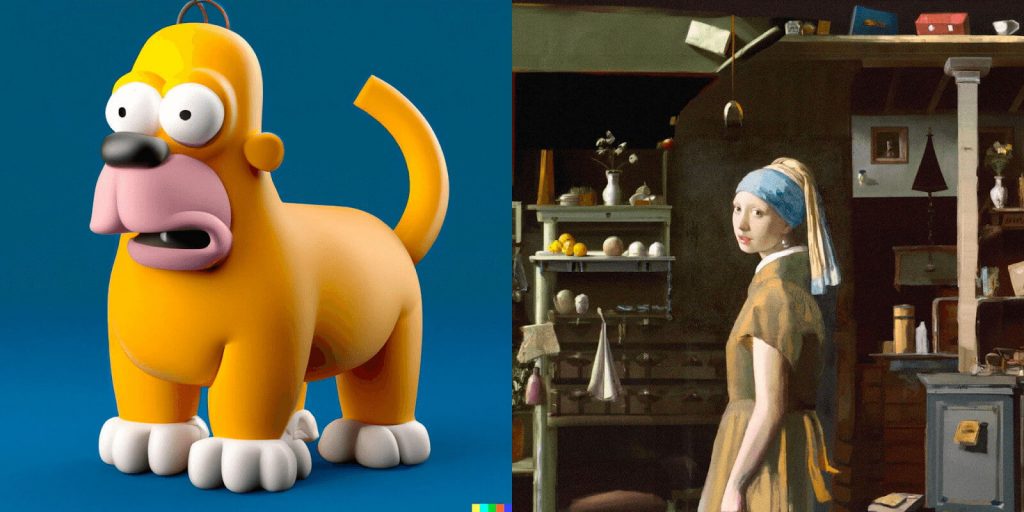
Pros:
- Fast
- Not copyrighted
- Price: Almost free
Cons:
- Limited credits
- No ability to enhance or get variations for one option from the result
MidJourney
Midjourney is a generative neural network developed by the company Artie, specifically designed for creating 2D and 3D animations. Since July 2022, it is in open beta. Now it is one of the most popular neural networks that generate images from text descriptions. I’m using it frequently at the moment, as it satisfies my current needs.
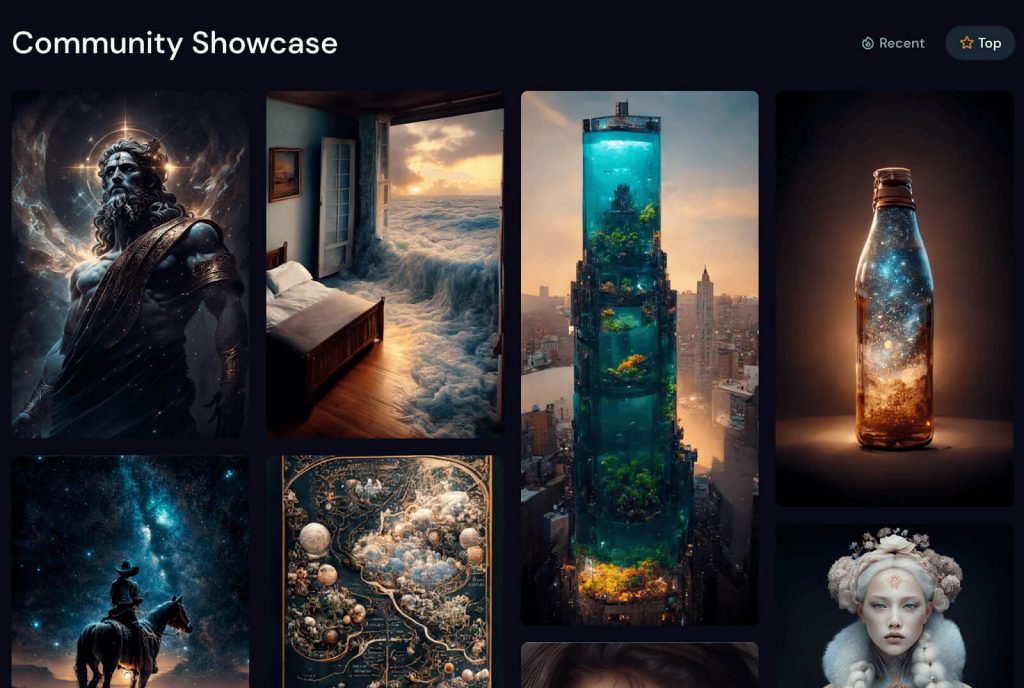
Features:
- Text-to-image generation
- Image-to-Image generation
- Works through Discord
- Users get 25 credits for free. Each credit permits 4 images for one request. Then the subscription starts from $10/month for the Basic plan, the Pro plan costs $60/month and a corporate plan is $600 for a yearly subscription
- Generations from free and trial versions are only available for personal use (Commons Noncommercial 4.0 Attribution International License)
- Generations from the paid subscription can be used for commercial and personal use
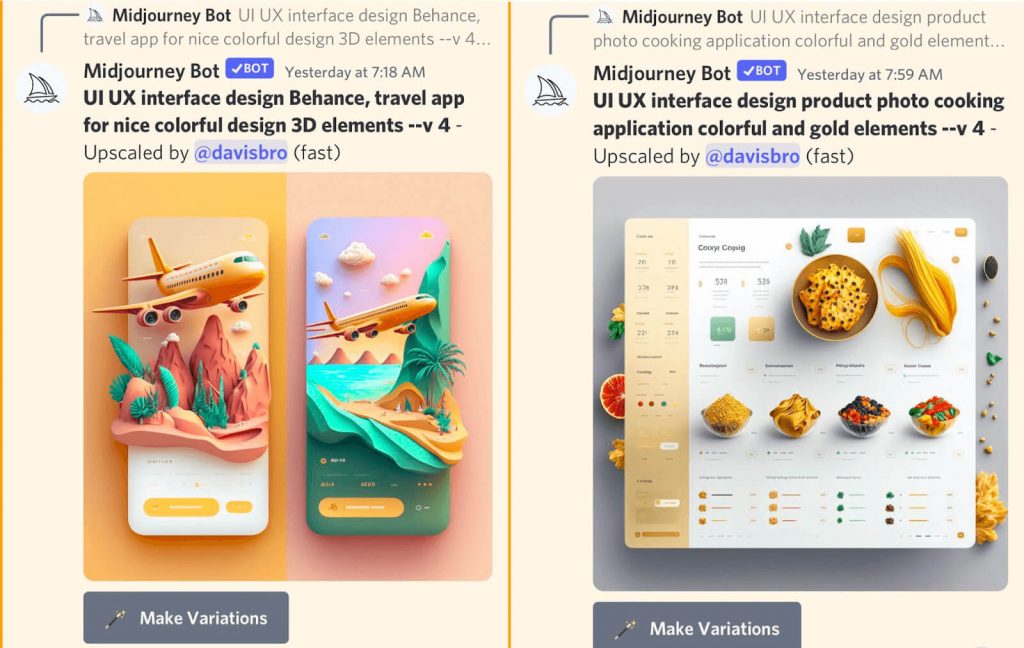
Pros:
- Very high-quality outputs
- Discord community
- Ability to edit, enhance or get variations of generated images
Cons:
- Relatively high cost
- May be confusing to set up
In Midjourney, you can create artwork by using special Discord bot commands. To start the process, you need to type the “/imagine” command and send a picture description. In return, you will get 4 pictures ‘imagined’ by AI.
A couple of recent articles, which will allow you to understand how it works:
Stable Diffusion
A neural network that generates images from a text description. An important difference between Stable Diffusion and previously described tools is that it is an open-source neuron.
There are many ways to use Stable Diffusion. The most difficult thing is to download the source code from GitHub and run it on your computer according to the instructions. This option is suitable only for those who are at least a little versed in programming, but it will give the highest quality results.
A simpler version of this neural network can be tried on the Dezgo, the Stable diffusion online, the Hugging face, and the DreamStudio.
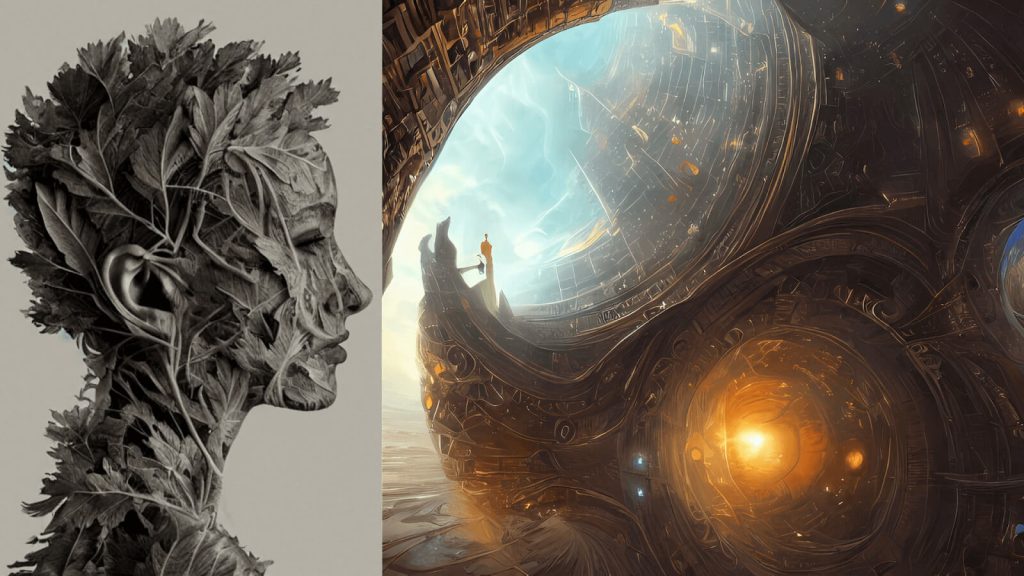
Features:
- Text-to-image generation
- Image-to-Image generation
- Free to use
- Not copyrighted, free for commercial and personal use
Pros:
- Completely free
- Open-source, which means it can be modified and adapted to suit the user’s specific needs
Cons:
- Requires technical knowledge to be used effectively (from Github)
- It may not produce the same level of quality as Dalle-2 or Midjourney
Overview and a guide on how to use it https://aituts.com/stable-diffusion/
Craiyon
People often call it DALL-E mini, because it does everything that DALL-E 2 does, just with less accurate renditions. Unlike DALL-E 2, the outputs from Craiyon lack quality. The good thing is that because you have unlimited prompts, you can continue to tweak the prompt until you get exactly what you were envisioning. The site is also so simple to use, adding to the overall appeal and making this AI generator a strong contender.
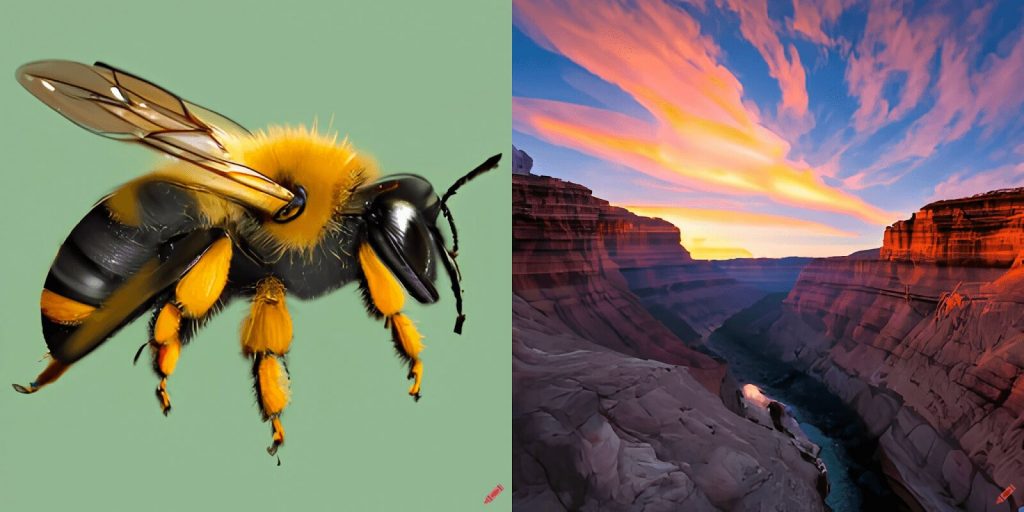
Features:
- Completely free to use. You can subscribe for $5/month to get more perks and support the service
- Straightforward interface
- Unlimited prompts
- Search for AI images by word in their database
Pros:
- Free
- Unlimited access
- Simple to use
Cons:
- Longer wait
- Distorted images
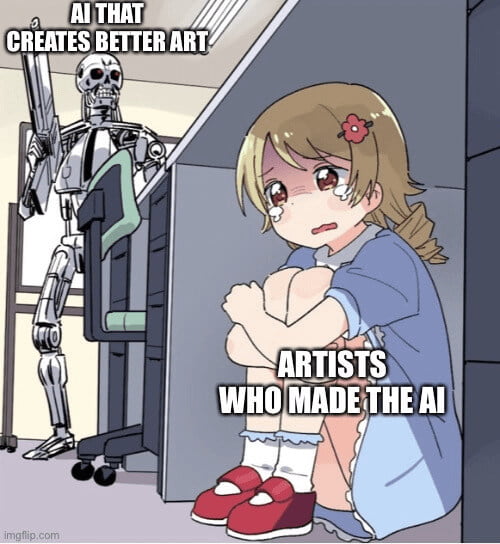
AI Text generator
This is how designers can use text-generating AI for their work routine:
- No more “Lorem Ipsum”. Generate content for meaningful placeholders
- Write a copy for errors and messages
- Generate ideas and brainstorm. For example, you can get a lot of ideas for Dribbble shots in a minute
- Search for common user flows and user patterns (login, checkout, etc)
- Research and analyze
- Compare and analyze
ChatGPT
ChatGPT is a conversational AI chatbot that is able to produce text for you based on any prompt you input. It can write code, edit and proofread text, solve math problems, generate emails, essays, poems, raps, grocery lists, compare terms, and much more.
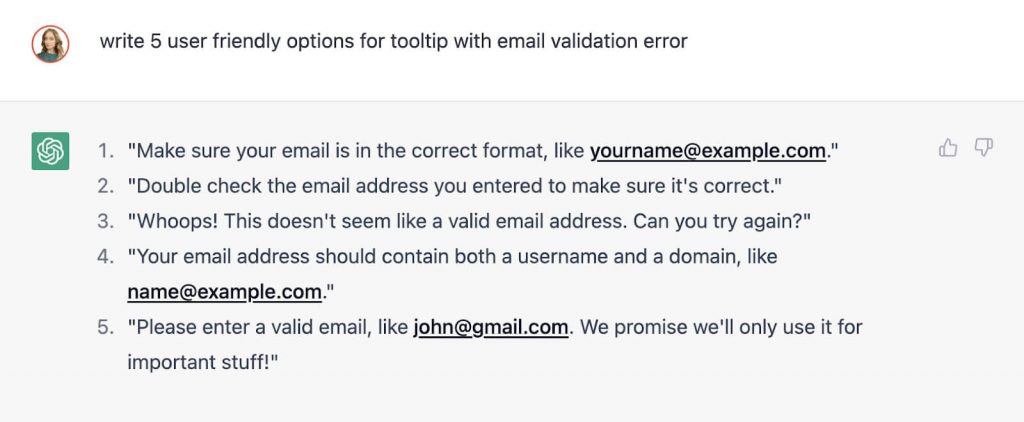
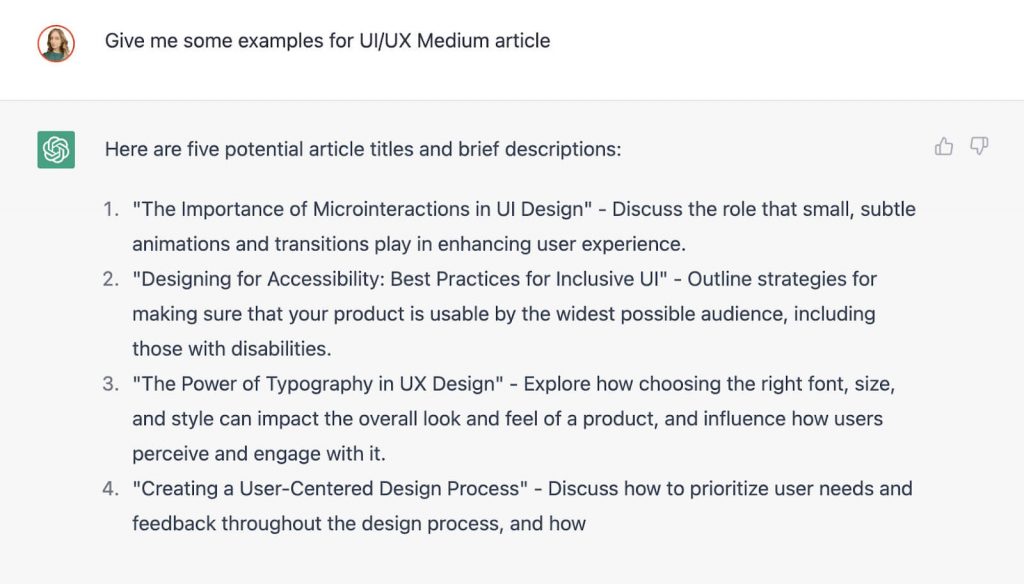
Features:
- Uses OpenAI’s GPT-3
- Text-to-text generation
- Completely free. You can subscribe for $20/month to get extra features like speed and priority
- Free for commercial and personal use
- Uses OpenAI’s GPT-3
Pros:
- Writing skills
- STEM knowledge
- Conversational
Cons:
- Not always available
- Not connected to the internet (meaning it cannot access websites and available data it ‘knows’ is limited to the year 2021)
Several fresh articles about ChatGPT to understand how it works:
- Examples of how to use Chat GPT from Open AI by chatbot creators
- Chat GPT Tutorial for Beginners
- Guide how to use Chat GPT for product designers
- How to use ChatGPT when working on design systems documentation
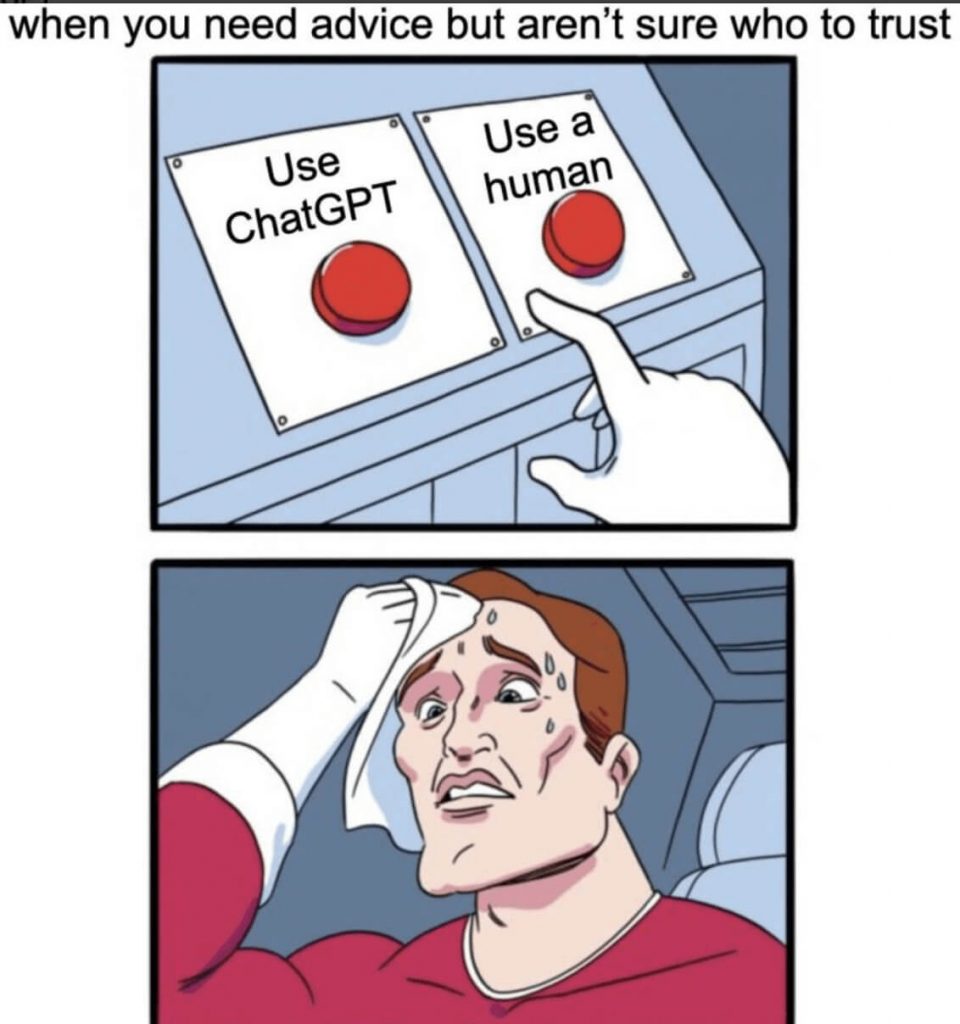
Conclusion
In conclusion, neural networks have significant potential for UI/UX designers. The described tools are great for finding new ideas and inspiration; making your fantasies come true. But we can already say that all the results of generating neural networks need to be edited and controlled. As neural networks continue to develop, we can expect to see more innovative applications in the field of UI/UX design.
P.s. For those who want even more AI-based tools and neural networks:
- FUTUREPEDIA — A huge, updatable library of all kinds of AI-based tools and services
- Huggingface — A repository of AI projects, there are a lot of demos and free versions of different services